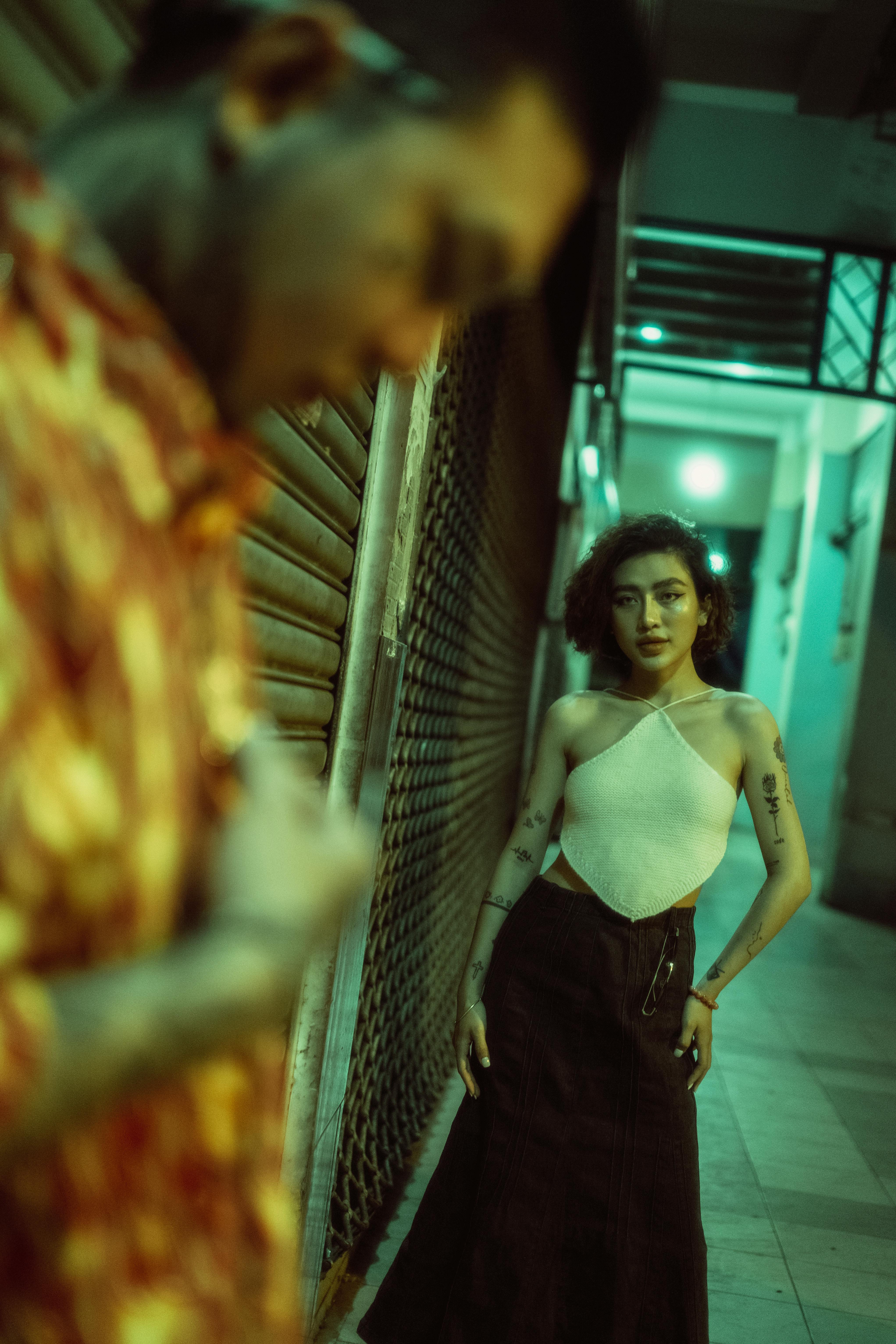In the Philippines http://whatisavoteworth.org/josephine-st-pierre-ruffin-trust-the-women-the-crisis-august-1915/, marriage customs vary depending on the region, religion, and ethnicity. Some couples, for instance, make a special sticky rice cake or perform standard spiritual ceremonies. Countless people offer things tantamount to a rehearsal dinner for their visitors in a more contemporary environment.
Filipinos furthermore have wedding sponsors or “aunties and brothers,” while the majority of people does possess a maid of honor. These special guests are known as the “ninang” or “ninong” for the bride, “ninong” for the man, and “ninong” for the bridegroom. They participate in ceremonia, including rope ceremonies, penny ceremonies, and veil ceremonies.
In the Philippines, seeking parental approval is a major part of the wedding custom. In front of the rest of the wedding guests and occasionally even the priest, the ninang or ninong gently touch their parent’s hand to their own forehead, although this is n’t always done during the ceremony itself. It’s an important practice. They are acknowledging that they are giving their girl to their companion and display regard for their families.
Another significant ceremony service is known as the pamamanhikan. This crucial stage of a engaged child’s relationship is significant because it represents the man’s commitment to his future sister’s union with her community. The girl’s family https://asiansbrides.com/filipino-cupid-review/ subsequently accepts his suggestion.
In Philippine ceremonies, the aras or arrhae is a well-known sign. It is a marriage adornment with thirteen coins, which represent the couple’s good health, prosperity, and luck. It is typically carried by a cute coin carrier. During the ceremony, the bridegroom places the aras or arrhae on the bride’s finger.


